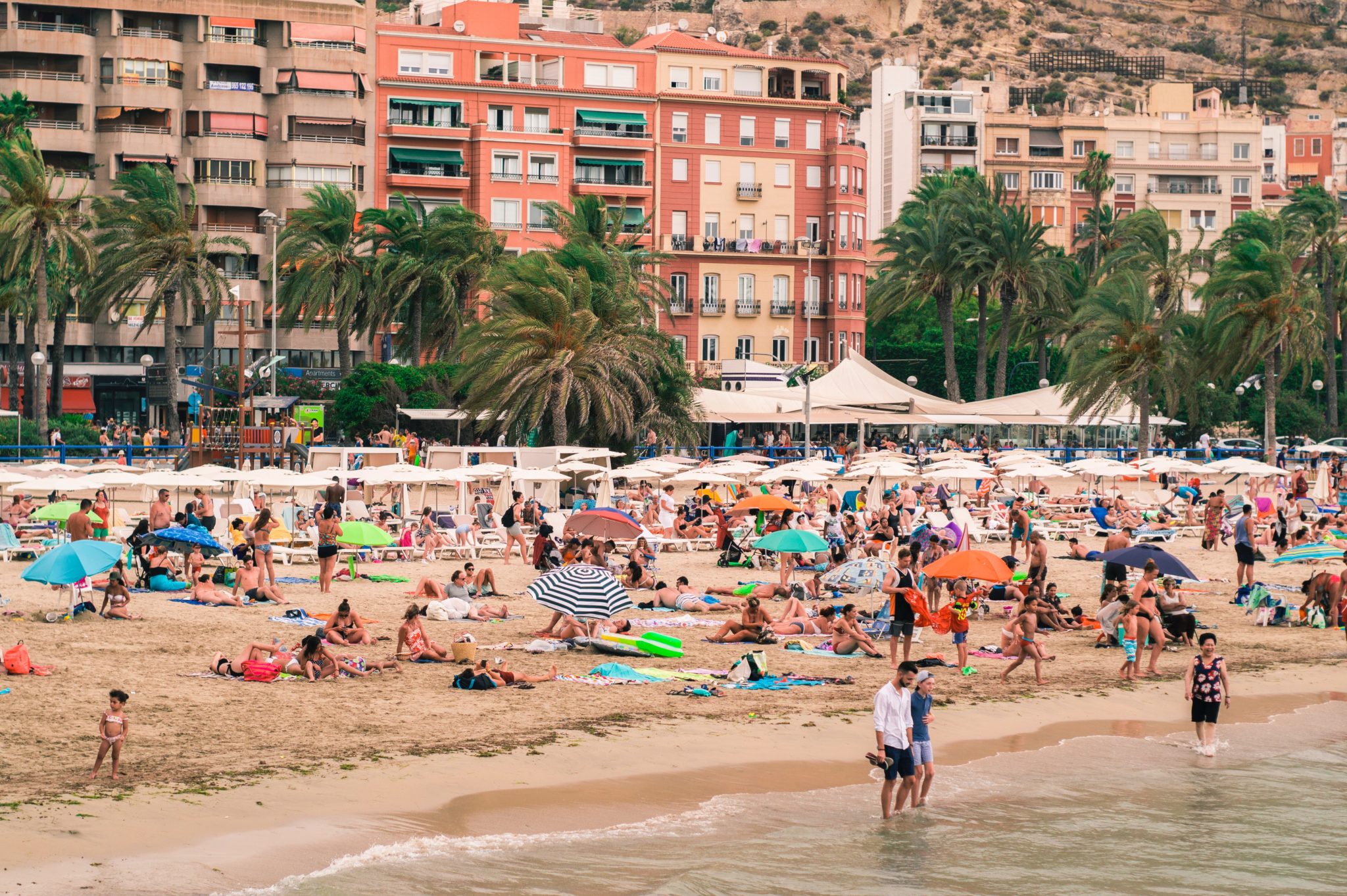While dermatologists advise applying a generous amount of sunscreen whenever exposing ourselves to the sun, many beach destinations – especially those in coral reef areas – have started to ban the use of chemical sunscreens. The cause is the presence of two chemicals; oxybenzone and octinoxate. The former accelerates coral bleaching and can also damage the larval form of coral, called planulae. The latter can damage coral DNA. But chemical sunscreens containing these substances can harm more than coral reefs.
In a study from 2017, researchers highlighted the estrogenic action of oxybenzone in fish, affecting the male fish reproductive capabilities. In another research, octinoxate has been shown to cause liver defects and deformities in fish offspring. But that’s not it. During these studies, scientists have also shown that these chemicals can produce contact and photo-contact allergic reactions; they are a possible endocrine disruptor and are linked to the Hirschsprung’s disease.
Oxybenzone and octinoxate apart, other chemicals including 4-methylbenzylidine camphor and butylparaben can also cause coral bleaching as well as various skin allergies and even skin cancer in humans. Picking reef-safe sunscreens, therefore, goes beyond protecting the environment. They are also a better choice for ourselves and ultimately our children. So, what should you do?
Read the Label
Trying to meet the new market demands, many manufacturers label their sunscreens as reef safe even if they contain potentially harmful ingredients. The only thing you can do if you want to stay on the safe side is to actually read the list of ingredients. The product you choose shouldn’t contain any of the four ingredients mentioned above. For easier identification of an eco-friendly sunscreen, you can check out the Environmental Working Group (EWG) website to find a product that truly fits the bill.
Switch to Natural Mineral Sunscreen
Every sunscreen comes with ups and downs. The chemical kind is popular because they are invisible on the skin. However, it can cause rashes, skin allergies, and may be unsuitable for people suffering from eczema or psoriasis.
Natural mineral sunscreens usually have only one active ingredient, either zinc oxide or titanium dioxide; those products containing non-nano zinc oxide are your best choice. In these sunscreens, the inactive ingredients are typically plant extracts known for their beneficial properties.
These sunscreens are physical sun blocks, so they usually leave a whitish glare on the skin, that’s why most people steer clear from them. However, if you care about your health and the environment, they are the only sustainable choice.
Cover Up
Whether chemical or natural, no sunscreen is completely safe, so you should try to minimize its use as much as possible. Long-sleeved wet suits, wide-brimmed sun hats, and staying in shady areas during peak hours can surely help reduce the use of sunscreen.
Wrapping It All Up
Opting for reef-safe sunscreens goes beyond safeguarding our planet. What’s good for marine life is also good for us and our kids. There are many reef safe sun blocks out there, so finding one that suits you shouldn’t be too hard. You must only be willing to make a difference.






Leave a reply